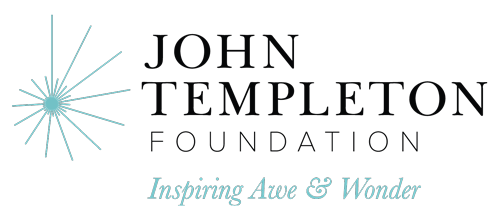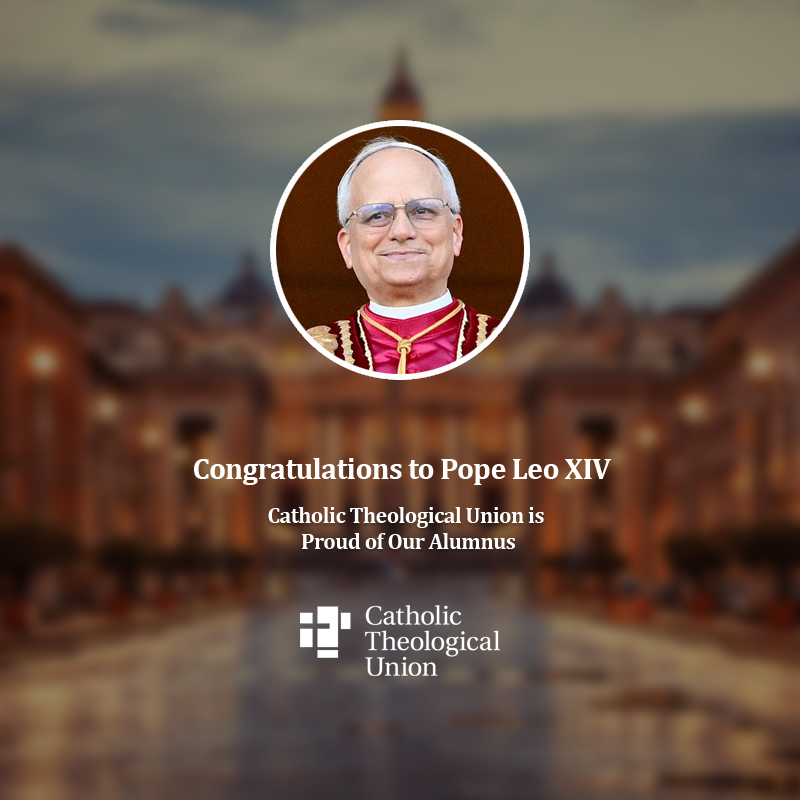Possible Preaching Themes
Possible Scientific Resources
- Jesus’ Wounds: Jesus appeared to the apostles with marks of woundedness. He was not ashamed to show his wounds. It was an invitation for the apostles to be wounded healers.
- Apostolic Trauma: At the sight of wounded Jesus, the apostles must have been distressed. Despite this, Thomas lovingly approached Jesus, touched him, and exclaimed, “My Lord and my God!”
- Apostolic Secondary Trauma: The apostles shared a special bond with Jesus. Witnessing someone close to you affects us deeply, often wishing that we could somehow share the weight of their suffering.
- Wound Physiology:
- Healing of wounds undergoes the process of hemostasis, inflammation, proliferation, and maturation. Our body has a natural way of repairing the tissues that have been damaged. Wounds end with their last stage called ‘maturation’ when the skin regains up to 80% of its original strength. As part of this process, a wound leaves a scar that signifies healing.
- Factors Affecting Wound Healing:
- Several factors can interrupt the process of healing classified as local and systemic factors. Local factors are oxygenation, infection, foreign body, venous, and sufficiency. Systematic factors include age, gender, sex hormones, Ischemia, and diseases.
- The Impact of Trauma:
- Witnessing and experiencing a traumatic event can have short-term or long-term effects on the survivor. Trauma manifests in the physical, emotional, and cognitive domains which are either classified as Acute Stress Disorder (ASD) or Post-Traumatic Stress Disorder (PTSD). ASD is a short-term condition that lasts from 2 days to 4 weeks while PTSD is a long-term condition that lasts from 1 month or longer. Initial reactions to a traumatic event may include numbness, confusion, anxiety, sadness, dissociation, and agitation.
- Specific Brain Responses to Traumatic Stress Linked to PTSD Risk:
- Researchers discovered that people who have less activity in their hippocampus and the greatest defensive responses to threatening events tend to have the most severe symptoms of PTSD..
- Secondary Trauma:
- Secondary trauma is a phenomenon of being traumatized through exposure to the trauma of another person. During the COVID pandemic, Italian healthcare professionals were found to be suffering from secondary trauma from being exposed to their patients’ physical and psychological suffering and death. Interventions like cognitive-behavioral therapy, mindfulness, and having a life balance are strategies to cope with and prevent secondary stress trauma.
- Self-Compassion Interventions to Target Secondary Traumatic Stress:
- Healthcare professionals are more vulnerable to secondary traumatic stress due to the demands of their profession. This research suggests that self-compassion or “meeting one’s own distress with kindness and understanding” can alleviate healthcare professionals’ secondary traumatic stress. Thus, having self-compassion by practicing kindness and understanding towards oneself can address the person’s secondary trauma.
Homily Outline Combining Resources
Homily outline:
- Scientific explanation
- Wounds heal through a process that sometimes takes days, weeks, or even months. Healing of wounds undergoes the process of hemostasis, inflammation, proliferation, and maturation/remodeling. There are situations when wounds are harder to heal and leave more severe scars.
- But wounds are not just physical, they can also be emotional and psychological. Some people are debilitated emotionally and psychologically by conditions that affect their well-being and functioning. Woundedness can also be experienced at a larger scale in our socio-cultural environments such as the culture of apathy, discrimination, racism, hate, etc.
- Jesus and his wounds
- When Jesus appeared to the apostles, his wounds were in the proliferation stage and on their way to slow healing. The freshness of the wounds helped the apostles recognize him. Jesus was not ashamed to show his wounds to them. He showed a vulnerable part of himself.
- The woundedness of Jesus was beyond physical. He went through a series of woundedness. Before this moment, he went through emotional distress in the Garden of Gethsemane as he was anxious and afraid. During his crucifixion, he uttered the words, “My God, my God, why have you forsaken me?” which signified his pain and anguish.
- The wounds of Jesus were not just a marker of his identity or the suffering he endured. His wounds symbolized his triumph over sin and death. He brought healing to the apostles by forgiving their sins saying, “Receive the Holy Spirit. Whose sins you forgive are forgiven them, and whose sins you retain are retained.”
- Apostles called to be wounded healers
- Having received healing from Jesus, the apostles were called to be wounded healers by bringing healing to others.
- In the words of Henri Nouwen in the book Wounded Healer, he describes the Messiah as the wounded healer:
“The Messiah, the story tells us, is sitting among the poor, binding his wounds one at a time, waiting for the moment when he will be needed. So it is too with the minister. Since it is his task to make visible the first vestiges of liberation for others, he must bind his own wounds carefully in anticipation of the moment when he will be needed. He is called to be the wounded healer, the one who must look after his own wounds but at the same time be prepared to heal the wounds of others.” - Beholding Jesus as the wounded healer, the apostles received forgiveness from Jesus that called them to be wounded healers to others. As wounded healers, they were called to provide care and healing for people who were saddled with wounds by continuing the ministry of Jesus: spreading the Gospel, forgiving sins, and modeling compassion and love.
- We, too, are wounded in many ways. As baptized members of the Church, we are also invited to be wounded healers to each other. Despite our wounds, we are called to heal the wounds of others: praying for them and their struggles, providing them with a listening ear, and accompanying them during challenging times. When we heal others, certain parts of ourselves heal and become whole again.
Related Homily Outlines
Couldn’t find what you’re looking for?
Try searching with another filter

Preaching with Sciences

Edward Foley, Capuchin
Duns Scotus Professor Emeritus of Spirituality
Professor of Liturgy and Music (retired)
Catholic Theological Union
Vice-Postulator, Cause of Blessed Solanus

